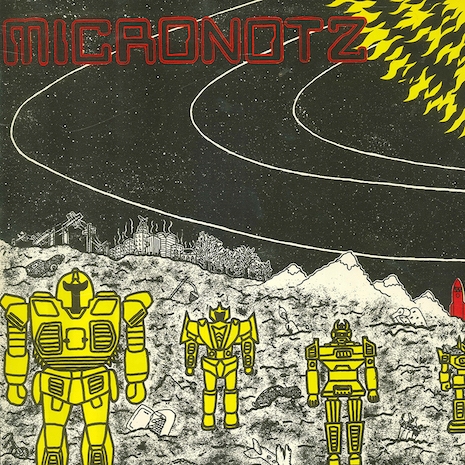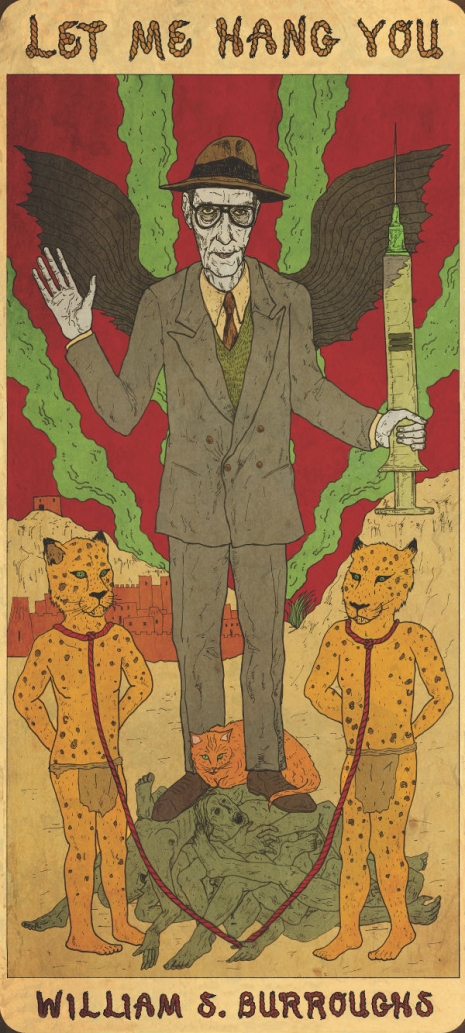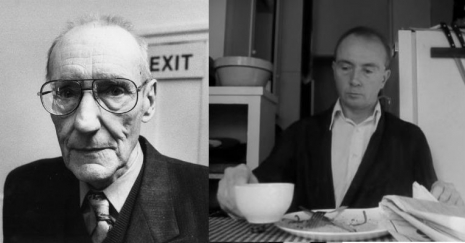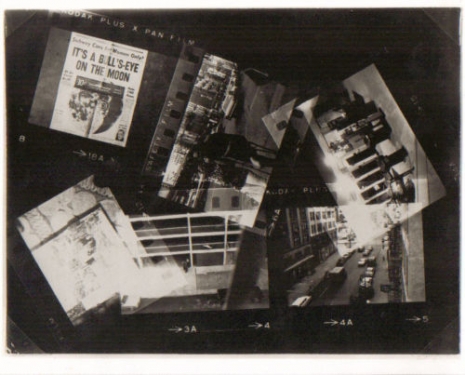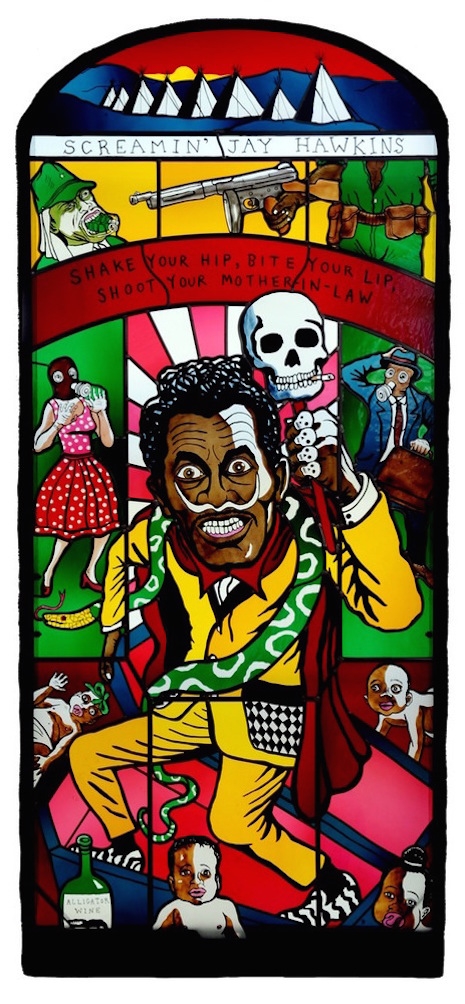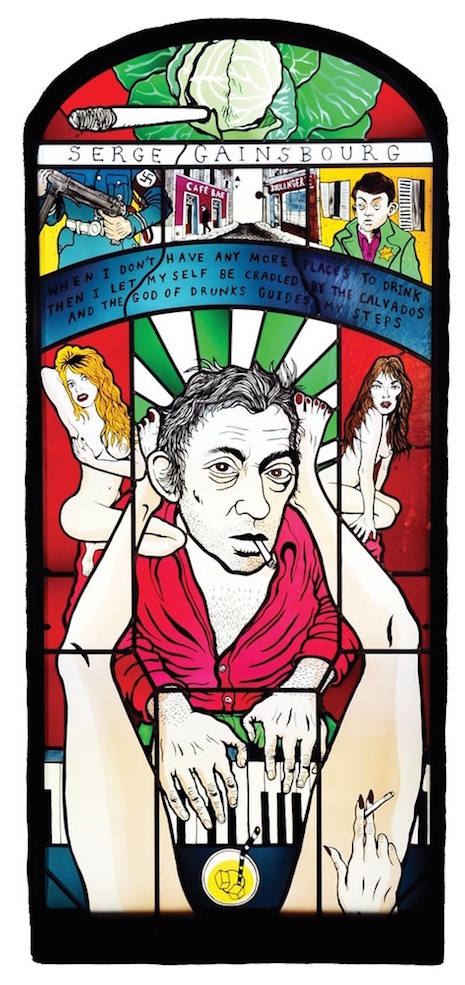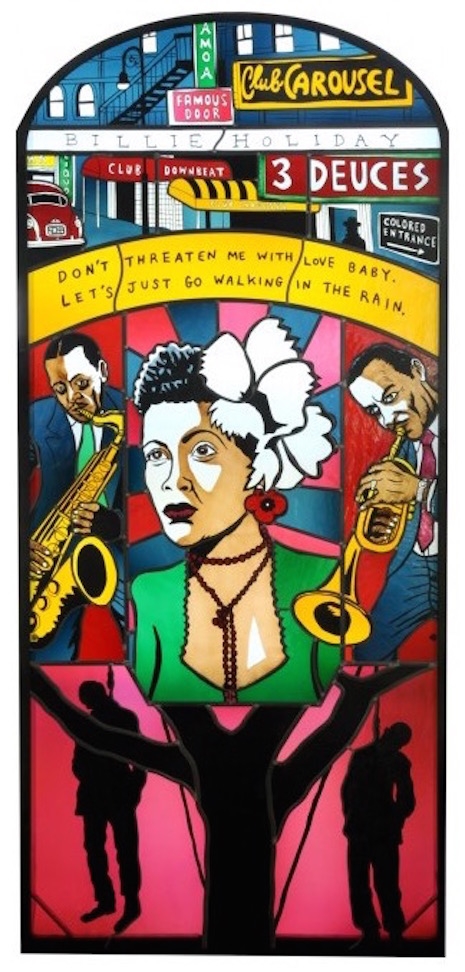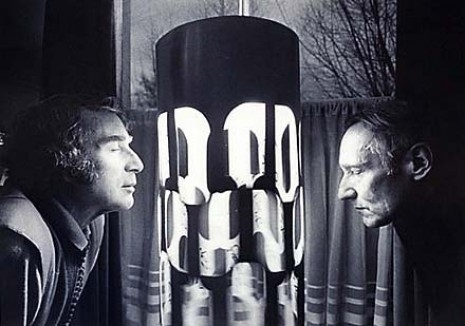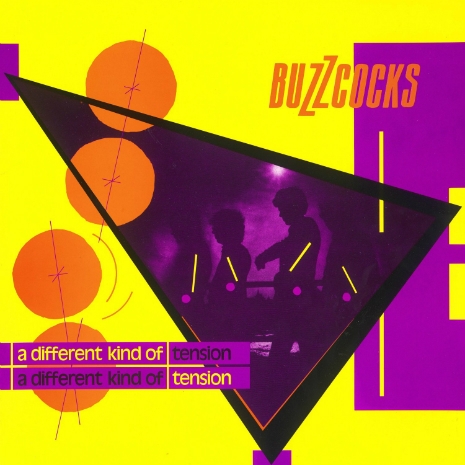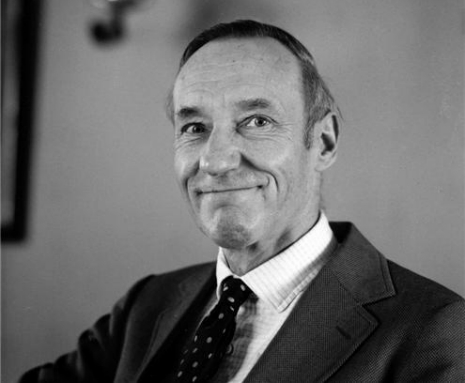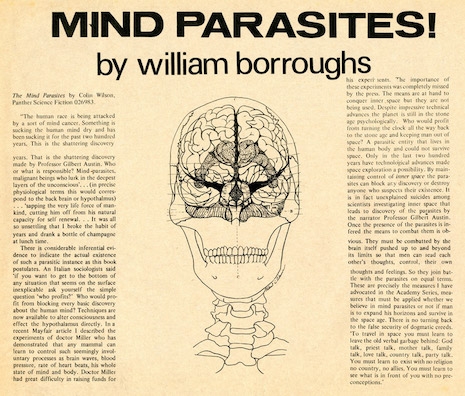1 “Don’t look so frightened, young man. Just a professional joke. To say treatment is symptomatic means there is none, except to make the patient feel as comfortable as possible. And that is precisely what we attempt to do in these cases.” Once again Carl felt the impact of that cold interest on his face. “That is to say reassurance when reassurance is necessary… and, of course, suitable outlets with other individuals of similar tendencies. No isolation is indicated… the condition is no more directly contagious than cancer. Cancer, my first love,” the doctor’s voice receded. He seemed actually to have gone away through an invisible door leaving his empty body sitting there at the desk.
2 “They say somebody pushed him.”
3 The boy shied. His street-boy face, torn with black scars of junk, retained a wild, broken innocence; shy animals peering out through grey arabesques of terror.
4 “‘Doc, she sure is a dry hole…. Well, thanks for the paregoric.
5 “Brilliant chap Schafer… but…”
6 “Jesus! These ID’s got no class to them.”
7 “And I say unto you, brothers and sisters of the Anti-Fluoride movement, we have this day struck such a blow for purity as will never call a retreat…. Out, I say, with the filthy foreign fluorides! We will sweep this fair land sweet and clean as a young boy’s tensed Hank. …I will now lead you in our theme song The Old Oaken Bucket.”
8 “We sure did. And you know those citizens were so loaded on that marijuana they all wig inna middle of the banquet…. Me, I just had bread and milk… ulcers you know.”
9 The Embassy would give no details other than place of burial in the American Cemetery….
10 CAMPUS OF INTERZONE UNIVERSITY
11 “Oh say do that Star Spangled Banner yet wave…”
12 The old junky has found a vein… blood blossoms in the dropper like a Chinese flower… he push home the heroin and the boy who jacked off fifty years ago shine immaculate through the ravaged flesh, fill the outhouse with the sweet nutty smell of young male lust….
13 “Know Marty Steel?” Diddle.
14 Marvie does buy himself a shot glass of beer, squeezing a blackened coin out of his fly onto the table. “Keep the change.” The waiter sweeps the coin into a dust pan, he spits on the table and walks away.
15 All streets of the City slope down between deepen-ing canyons to a vast, kidney-shaped plaza full of darkness. Walls of street and plaza are perforated by dwelling cubicles and cafes, some a few feet deep, others extending out of sight in a network of rooms and corridors.
16 He paces around the boy like an aroused tom cat.
17 “With that milk sugar shit? Junk is a one-way street. No U-turn. You can’t go back no more.”
18 “Just two seconds,” I said.
19 “So long flatfoot!” I yell, giving the fruit his B production. I look into the fruit’s eyes, take in the white teeth, the Florida tan, the two hundred dollar sharkskin suit, the button-down Brooks Brothers shirt and carrying The News as a prop. “Only thing I read is Little Abner.”
20 Pigs rush up and the Prof. pours buckets of pearls into a trough….
21 Hauser had been eating breakfast when the Lieutenant called: “I want you and your partner to pick up a man named Lee, William Lee, on your way downtown. He’s in the Hotel Lamprey. 103 just off B way.”
22 “And all them junkies sitting around in the lotus posture spitting on the ground and waiting on The Man.
23 More and more static at the Drug Store, mutterings of control like a telephone off the hook… Spent all day until 8 P.M. to score for two boxes of Eukodol….
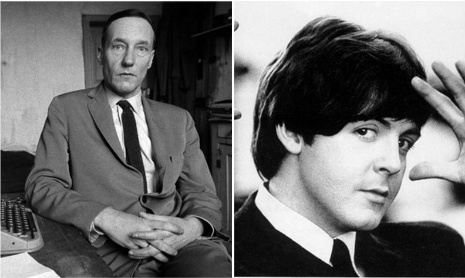






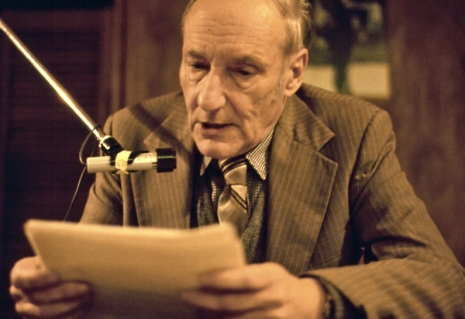

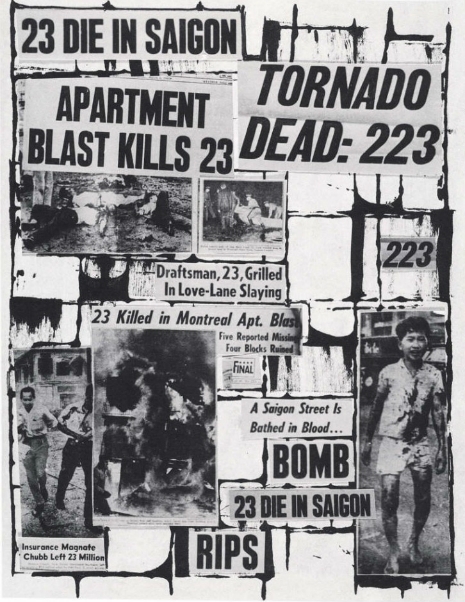
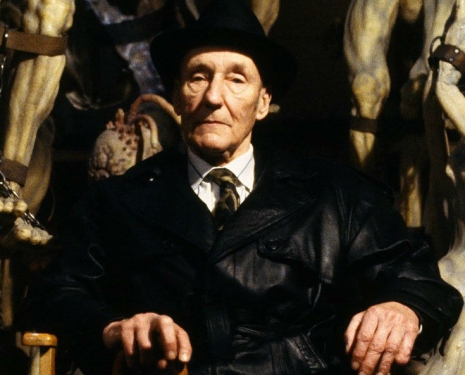


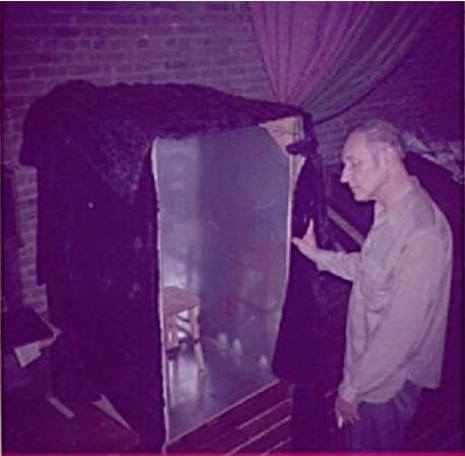
_(8224052279)_465_368_int.jpg)
